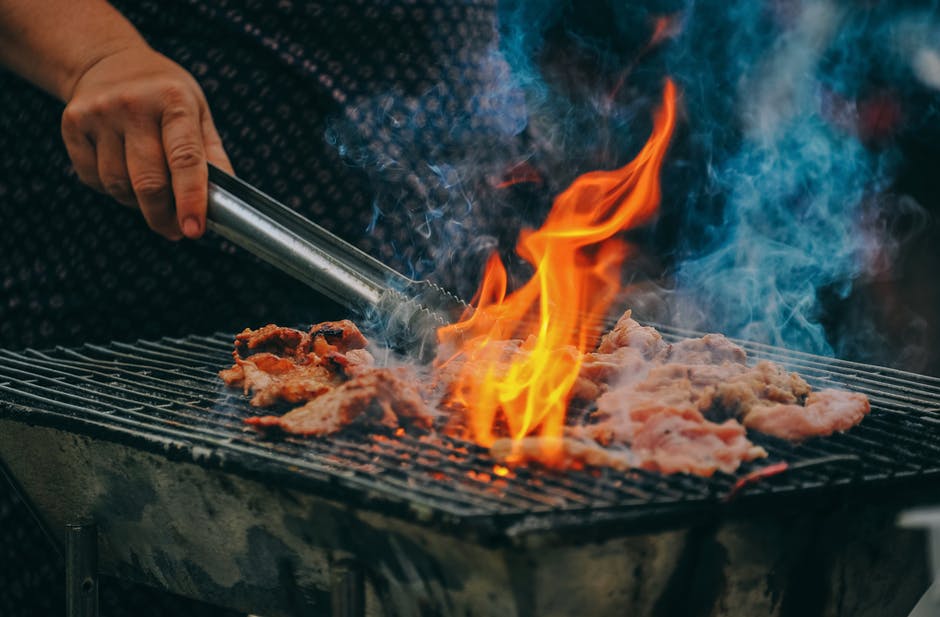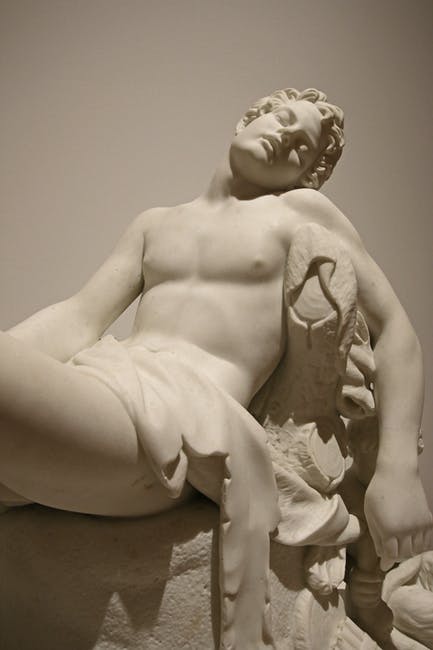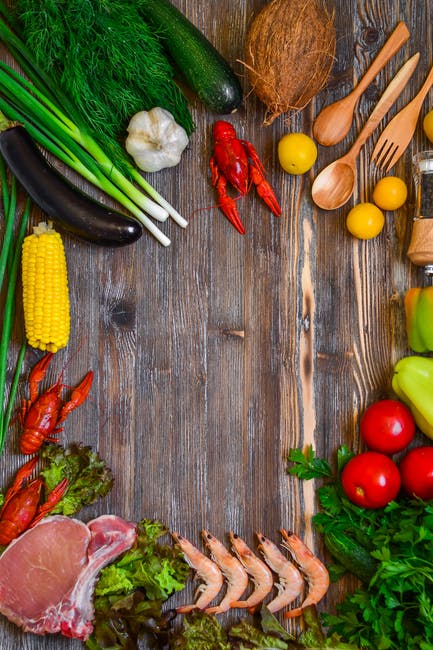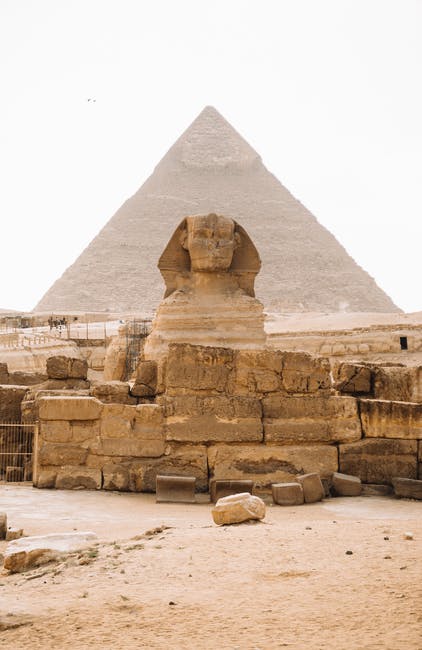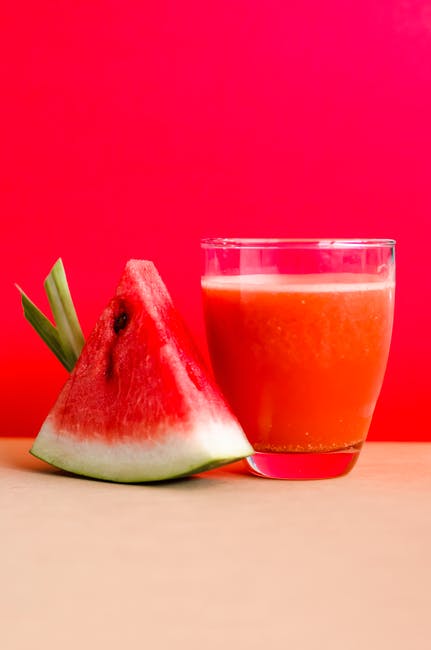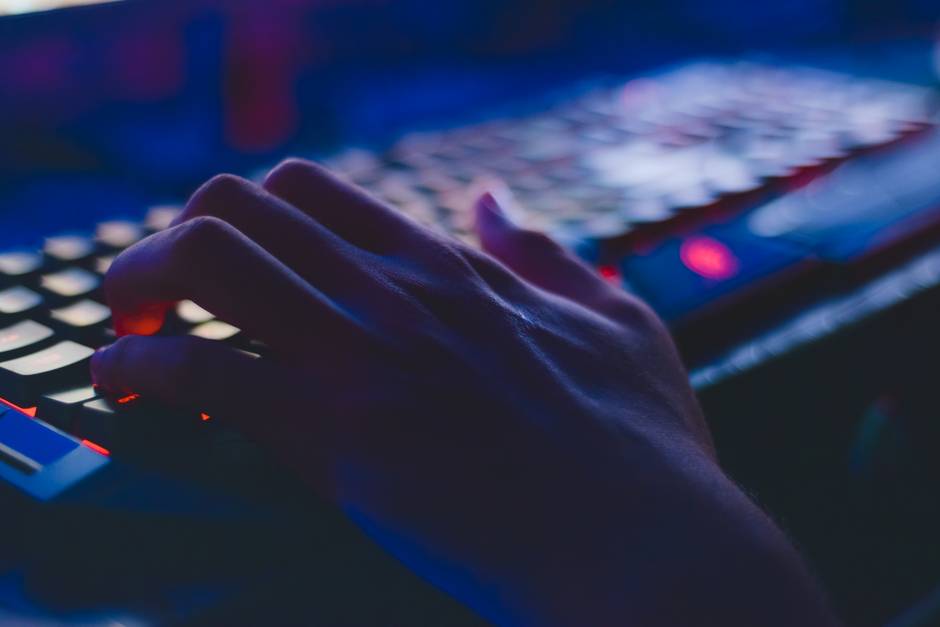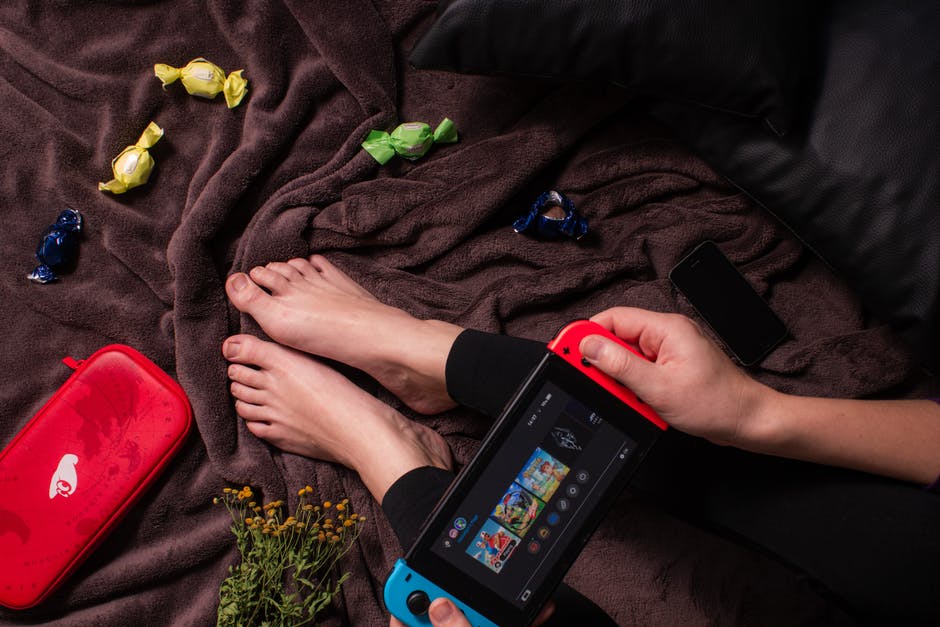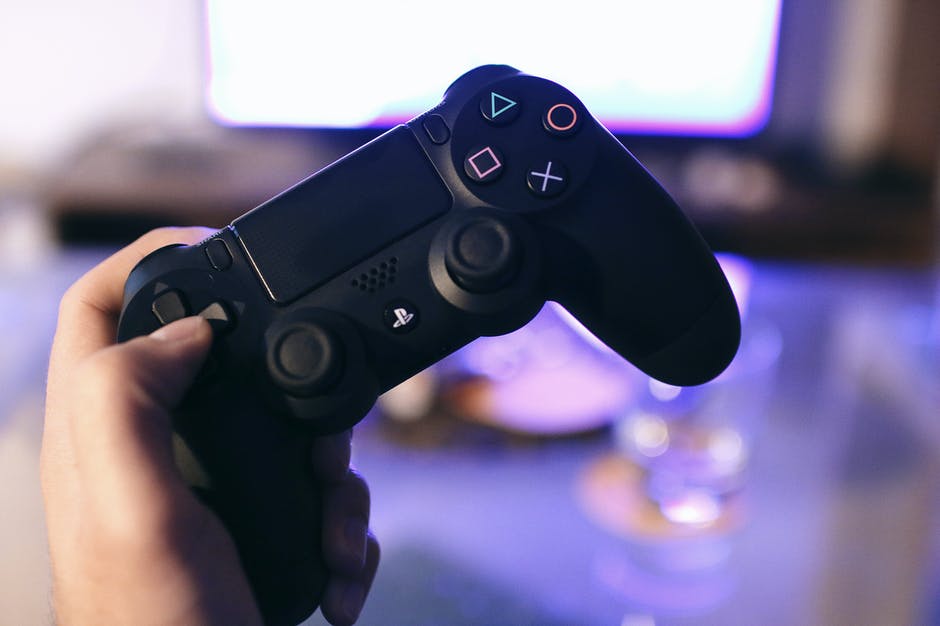There is barely any place in the world where popcorn is not known. Popcorn is a must-have snack every time you go to the cinemas. Even if you are just casually watching shows on your television, you likely cook up some popcorn and enjoy the treat in the comfort of your home.
Nothing quite compares to the gradual cooking of kernels, which pop into the delicious and crunchy bite-sized food we all know and love. Whether it may be its distinct and appetizing aroma or its versatile combos with different flavors, popcorn has definitely become a common name over the years.
A Poptastic History
Although its simple appearance may be unassuming, popcorn has existed longer than most would think. Back to a time where they were not available in stores, corn started as a wild grass known as teosinte somewhere in southwestern Mexico.
Research from Mexico’s National Institute of Anthropology and History indicates that corn became a domesticated crop approximately 9,000 years ago. It was not until 1948 when Earle Smith, as well as Herbert Dick, were able to discover individually popped kernels and heads of corn deep into a dry cave. These kernels were carbon-dated to be almost 5,600 years old!
Other indications of popcorn include funeral urns from Mexico dating all the way from 300 A.D. These were said to have depicted a maize god with popcorn lining his headdress. This means that popcorn is not only a snack but plays a significant role in various early cultures.
It is likely due to its nutritious properties and its versatility of being cooked simply using fire. Scattered evidence suggests that popcorn was cultivated and consumed all throughout South and North America.
It was also discovered that corn was used as a medium for trade if it were not used for consumption. It is well known that multiple trade routes were spread across all the continents. Among these trades, evidence suggests that not only corn was traded, but even their popcorn versions. This further proves that both the grain and snack had quite an impact on society, even extending to being valued in commerce.
Popcorn commonly looked like parched corn during the old ways and was cooked using dried kernels on a frying pan. This early version of the popular snack tended to be crunchier due to parched corn having decreased amounts of water content.
The Rise To Popularity
With colonists moving about Northern America, popcorn gradually became adopted and normalized as delicious snacks originating from Native America. Additionally, popcorn was even paired with milk, similar to how people would make a bowl of cereal in modern times.
Popcorn continued being consumed by New America until it eventually became one of the most renowned snacks during the 1800s. Back then, popcorn could not be made at home, but instead, people had to go out of their way to buy a delicious snack in stores, carnivals, and food stands.
The very first device for cooking popcorn was not invented until 1885 by Charles Cretors. This amazing machine allowed it to be portable and came with a gasoline burner. This enabled more street vendors to sell popcorn, which rose in popularity along with movie theaters. Whether it may be on stalls by the sidewalk or roaming vendors, popcorn became a popular snack worldwide.
Popcorn Today
It is quite amazing to think that all it takes is a bag of kernels along with a couple of spoons of oil to cook popcorn nowadays. Even devices to make the process quicker and more efficient are easily available to most people. Popcorn may seem like a household snack to us now, but it actually holds significance throughout early cultures and history.
Did you learn something new? Let us know if you have other interesting facts about popcorn in the comment section below!



